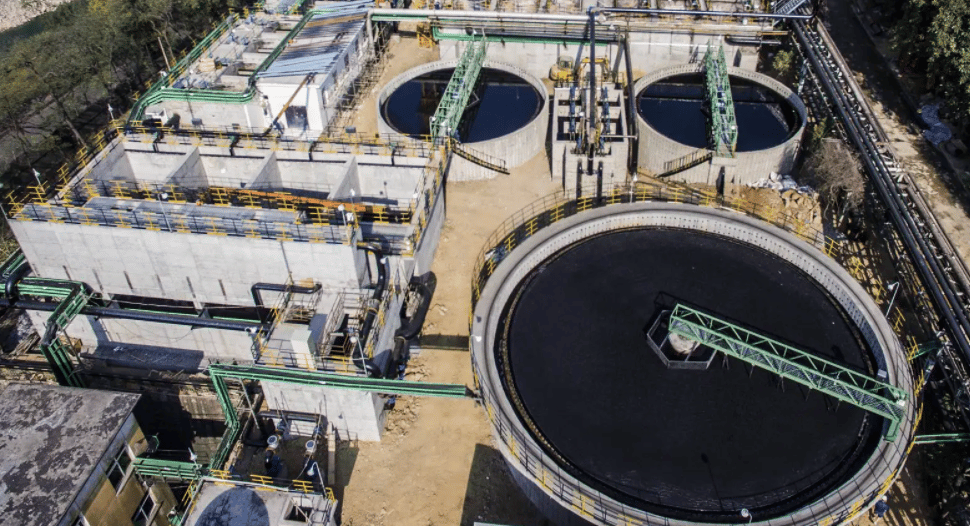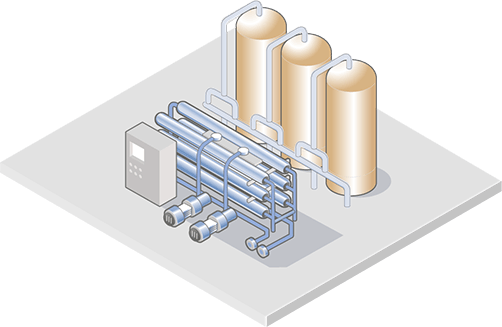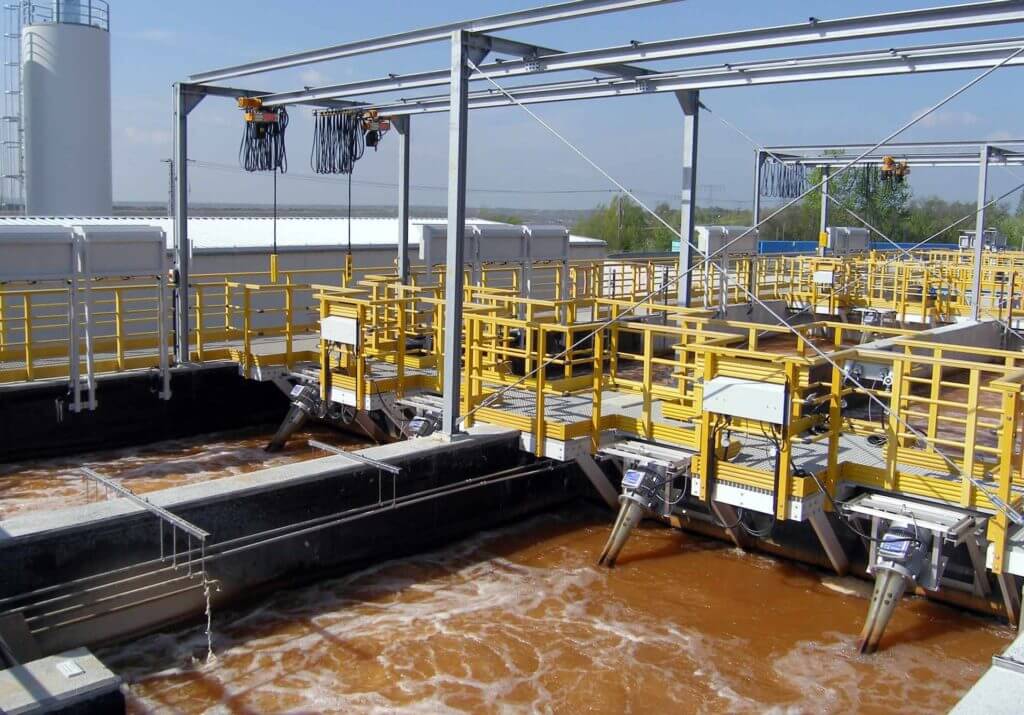Industrial Waste Water Treatment-- Improve Efficiency with Custom-made Water Treatment Solutions
Industrial Waste Water Treatment-- Improve Efficiency with Custom-made Water Treatment Solutions
Blog Article
Innovations and Developments in Industrial Waste Water Treatment Technologies
The landscape of industrial wastewater treatment is undertaking a transformative shift, driven by innovations that boost both efficiency and sustainability. As regulative criteria evolve, the integration of AI and equipment learning right into wastewater administration systems guarantees to make certain and improve operations conformity.
Overview of Waste Water Therapy Technologies
Wastewater therapy modern technologies incorporate a variety of methods designed to remove contaminants from commercial effluents prior to their release into the setting. These innovations are vital for preserving ecological equilibrium and making sure compliance with ecological guidelines. The primary categories of wastewater treatment consist of physical, chemical, and biological approaches, each serving unique functions based on the nature of the pollutants existing.

Organic therapy approaches employ microbes to degrade raw material, making them specifically efficient for organic-rich effluents. Strategies like turned on sludge and biofilm reactors harness the natural destruction capabilities of microorganisms, leading to significant decreases in biochemical oxygen demand (BODY)
Advanced Purification Techniques
Advanced purification techniques stand for a critical evolution in the realm of industrial wastewater therapy, enhancing the efficiency of impurity elimination procedures. Industrial Waste Water Treatment. These approaches encompass an array of innovations, consisting of microfiltration, ultrafiltration, nanofiltration, and reverse osmosis, which give consecutive obstacles for different particle dimensions and chemical structures
Microfiltration and ultrafiltration utilize membrane layer systems to get rid of put on hold solids, bacteria, and bigger organic molecules, improving the quality of effluent prior to additional treatment. Nanofiltration links the space in between ultrafiltration and turn around osmosis, properly removing organic compounds and divalent ions, hence lowering the tons on downstream processes.
Reverse osmosis supplies the highest degree of purification by enabling only water and tiny molecules to pass with its semi-permeable membrane layers, making it perfect for redeeming top notch water from industrial effluents. Recent developments in membrane layer innovation, consisting of the growth of more sturdy and fouling-resistant materials, have considerably boosted functional performance and reduced costs.
Including these advanced filtering strategies not only enhances the total treatment procedure however additionally contributes to sustainability efforts by enabling water reuse and source recuperation in industrial settings. (Industrial Waste Water Treatment)
Organic Treatment Innovations

Additionally, the development of engineered organic systems, such as membrane bioreactors (MBRs), integrates organic treatment with innovative membrane filtering. This integration enables greater effluent high quality and lowered footprint, making it ideal for space-constrained industrial centers. Technologies in genetically engineered microorganisms have actually additionally emerged, improving the biodegradation of details pollutants, such as drugs and heavy metals, that are generally testing to eliminate.
Additionally, the application of bioaugmentation strategies, where beneficial microorganisms are introduced to enhance the existing biological treatment processes, has shown promising lead to improving treatment performance. These developments jointly signify a pattern in the direction of more lasting and efficient organic treatment methods that can adjust to the advancing intricacies of commercial wastewater streams. As markets remain to focus on environmental compliance, these organic developments will play an important role in wastewater management.

Source Recuperation Methods
In commercial settings, the combination of source healing techniques has actually become progressively important for improving sustainability and reducing waste. These methods concentrate on removing useful materials and power from wastewater streams, thereby transforming potential toxins right into recyclable resources.
One popular method is nutrient recovery, where nitrogen and phosphorus, typically present over in wastewater, are caught and converted into plant foods. This not just reduces ecological impacts yet likewise provides a round economy service for farming applications. Furthermore, innovations such as anaerobic food digestion enable the conversion of natural waste into biogas, a renewable resource source Homepage that can counter fossil gas usage in industrial operations.
In addition, advanced filtration and membrane technologies help with dig this the healing of industrial spin-offs such as metals and salts. These recouped materials can be reintegrated right into manufacturing procedures, reducing the requirement for virgin sources.
Future Fads in Drainage Management
As markets progressively prioritize sustainability, the future of wastewater administration is readied to go through significant transformations. Technical developments, such as synthetic intelligence and artificial intelligence, will allow extra efficient tracking and monitoring of wastewater systems. These technologies can predict maintenance needs, optimize treatment processes, and enhance decision-making, inevitably decreasing functional expenses and environmental influence.
In addition, the assimilation of round economic climate principles will certainly play an essential duty in wastewater administration. Industries are expected to move in the direction of systems that not only deal with wastewater yet additionally recoup beneficial sources, such as nutrients, water, and energy. This transition will certainly minimize waste and advertise the reuse of products, lining up with global sustainability objectives.
Emerging treatment strategies, such as membrane bioreactors and progressed oxidation processes, will certainly additionally enhance the performance of wastewater treatment, allowing for higher high quality effluents appropriate for reuse. In addition, regulative frameworks are most likely to progress, emphasizing more stringent standards for wastewater discharge and encouraging sectors to take on cutting-edge therapy solutions.
Final Thought
In verdict, the evolution of industrial wastewater treatment modern technologies demonstrates a substantial shift towards boosted performance and sustainability. Innovations in advanced purification strategies, biological therapies, and resource recovery techniques highlight the sector's commitment to environmental stewardship. The integration of expert system and artificial intelligence better maximizes these procedures, making sure regulative compliance and promoting a round economic climate. Continued improvements in these locations will play a vital role in forming the future of wastewater monitoring and shielding important water resources.
The landscape of commercial wastewater therapy is going through a transformative shift, driven by innovations that enhance both effectiveness and sustainability.Wastewater treatment innovations incorporate an array of techniques developed to remove impurities from commercial effluents before their launch into the atmosphere.Using the power of biological procedures has actually led to substantial developments in the treatment official source of commercial wastewater.Furthermore, the implementation of bioaugmentation techniques, where helpful germs are presented to boost the existing biological treatment processes, has shown appealing outcomes in boosting therapy efficiency. These technologies collectively symbolize a pattern in the direction of even more lasting and reliable organic treatment techniques that can adapt to the advancing complexities of industrial wastewater streams.
Report this page